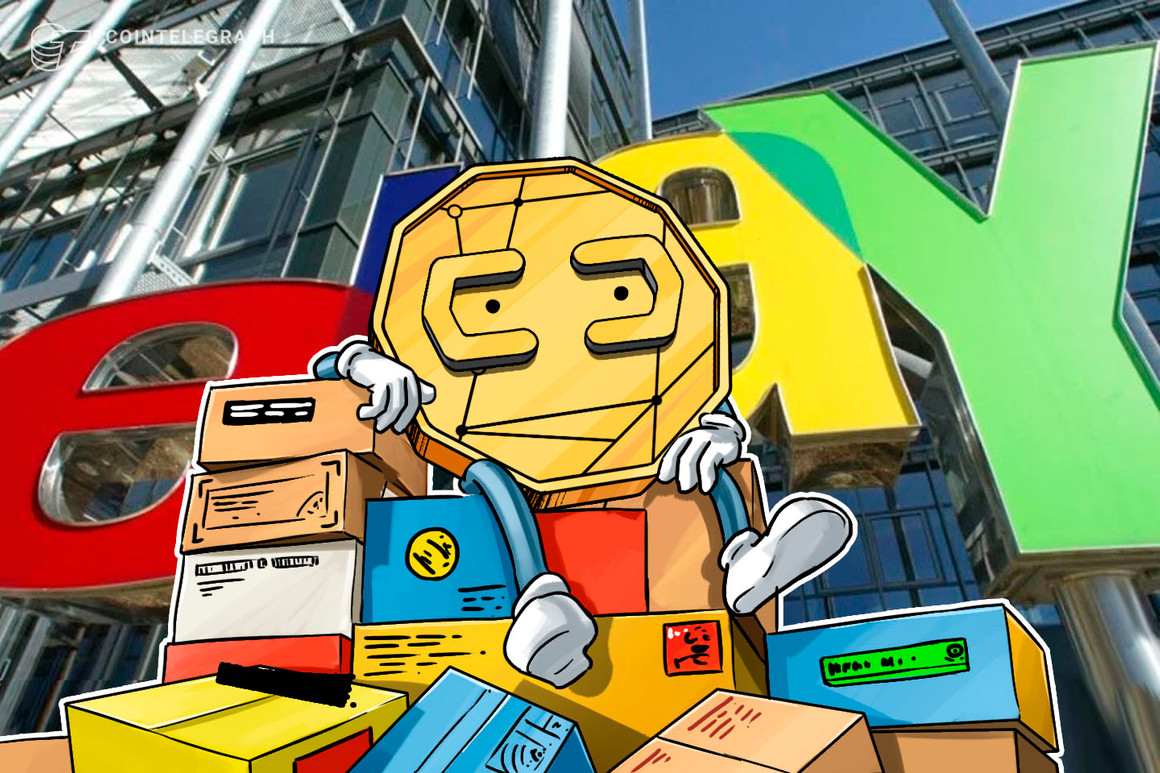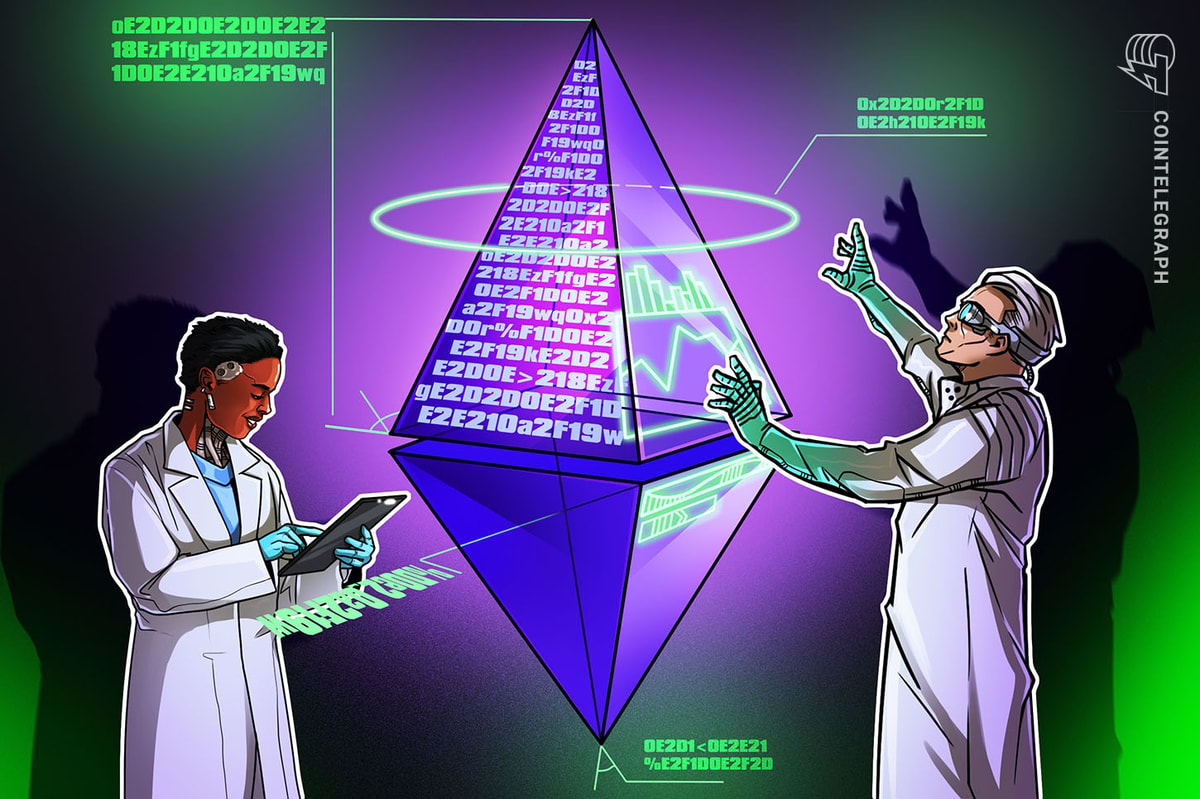A decentralized platform on a quest to merge the physical and virtual world through augmented reality has unveiled a live, ongoing integration with Chainlink.
OVR’s collaboration with the decentralized oracle network is already being put through its paces. Chainlink’s infrastructure is being used to fairly and transparently select a grant fund winner from a list of competitors taking part in the OVRLand Treasure Hunt.
Looking ahead, OVR intends to ensure that Chainlink’s oracles are used throughout its platform as it builds a virtual experience that is influenced by the real world.
Through this platform, augmented reality and virtual reality can be used to build, host and visualize spaces that are fully customized to specific geographic locations.
The project has divided the digital world into 300 square meter hexagons called OVRLands — each of which represent real physical locations. Discovering the OVRLand that covers where you live or work is an exciting experience, and each of them are tokenized using the ERC-721 standard on the Ethereum blockchain.
Where Chainlink comes into play
One of OVR’s top priorities is ensuring that decentralized logic can be embedded into its NFTs. This would enable geographic and other forms of off-chain data to be used on the blockchain — “supercharging interactions within the OVR decentralized metaverse.”
The integration with Chainlink gives OVR a way of securely and reliably connecting real-world events to the blockchain — enabling the execution of smart contracts to be triggered automatically.
According to the project, being able to leverage randomness when it comes to determining events in the metaverse is a compelling use case. However, the most crucial thing is ensuring that this randomness cannot be manipulated or predicted, as this could offer an unfair advantage to some users and undermine the movement of real economic value.
Chainlink’s Verifiable Randomness Function (VRF) is going to play a starring role in fairly and transparently picking a winner in OVR’s upcoming contest — giving participants automated and publicly verifiable assurances that the outcome could not have been tampered with by the oracle itself, external actors or OVR’s team.
More insights from OVR
Use cases for the future
Looking ahead, OVR says that it plans to use a plethora of Chainlink’s data feeds, extending beyond VRF.
Imagine an AR or VR space that can be automatically modified by the result of a football match or an election — with the environment changing in line with the weather forecast. This technology could also enable in-game tokens to be unlocked if a certain number of people are present in a location. Another example could see new experiences unlocked if an artist wins a Grammy, or an actor picks up an Oscar.
This is barely scratching the surface of what’s possible, and OVR says that any real-world source that can be streamed with an API can go on to be reliably delivered on-chain by Chainlink’s oracles.
As OVR.ai’s CEO Davide Cuttini explained: “Using Chainlink VRF for fair selection in the OVRLand distribution event is only the first step in a much wider set of Chainlink-OVR integration possibilities that can redefine the entire AR/VR industry. We are excited to showcase the potential of combining reliable off-chain data with decentralized metaverses to create vibrant and interactive virtual worlds that users can trust to function as intended.”
Learn more about OVR
Disclaimer. Cointelegraph does not endorse any content or product on this page. While we aim at providing you all important information that we could obtain, readers should do their own research before taking any actions related to the company and carry full responsibility for their decisions, nor this article can be considered as investment advice.











